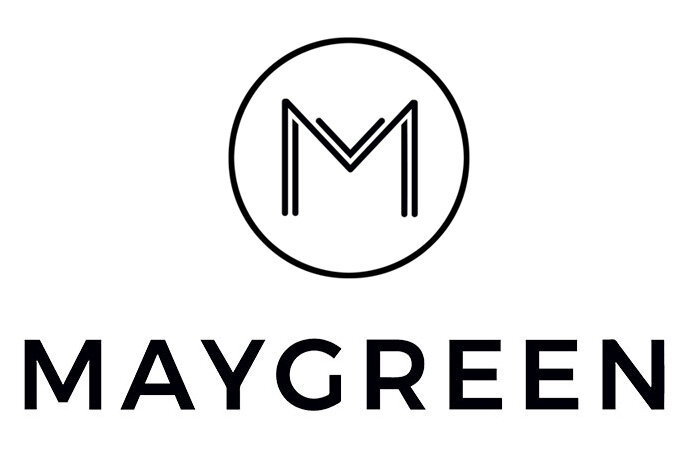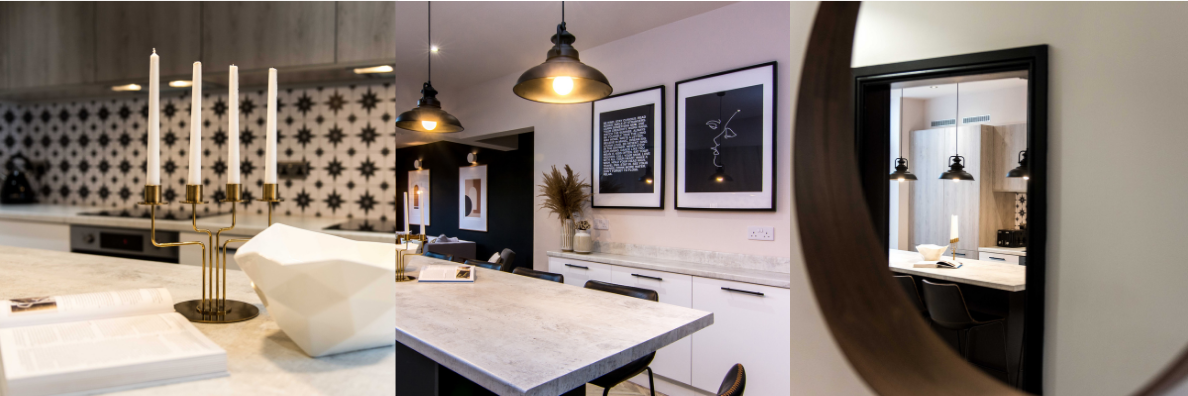HMO Investing Do's & Don'ts - Day 7
Do create quality communal spaces for your tenants to socialise and foster a community.
When we begin designing our HMOs we start with the communal space first as it's the busiest area of an HMO and if designed correctly, has the potential to bring tenants together and foster a harmonious community within the HMO.
HMO tenants need more than a 10 sqm bedroom space to spend time at home, now more than ever with most tenants working from home. Where space allows, create multiple communal spaces or if you are providing one big open plan space make sure it is correctly zoned for the different functions it needs to perform.
If we have one big open plan space, we use a half height stud wall to separate the kitchen space from the lounge area whilst retaining a feeling of openness and space. It also allows the tenants to still see the TV while cooking or eating in the kitchen.
Think about zoning the following areas in your communal space; cooking, dining, relaxing, socialising, working and laundry (if not in a separate utility room).
Design each zone with a clear purpose in mind to ensure the space delivers the intended functionality for your tenants. Providing quality, well planned communal areas where form follows function will set you apart from the competition.
What if I don’t have enough space to create all of these zones?
Register for our free HMO guide below to find out how you can design multi-functional areas within your HMO communal space that deliver all key functions.
Don’t treat HMO Investing like a hobby. If you do, expect it to cost you like a hobby.
Treat it like a business from day one, whether that means setting up a limited company to buy property, surrounding yourself with a professional team or managing all of your expenses and monthly profit and loss statements.
HMO investing is a high cash flow strategy. With this, comes a much higher volume of transactions each month. Instead of one rental payment, you can have up to 8 separate rental payments per property. As the landlord, you are responsible for the bills. You have to be on top of the gas, electricity, water, council tax, cleaner, Internet, HMO licence, TV licence, Netflix, the list goes on. That’s all before the maintenance costs and professional fees like paying a managing agent, bookkeeper or accounts with Xero, Slack, Asana, Google Drive.
Get my point? There are a lot of expenses. So you need to be on top of your numbers. What’s incoming and what’s outgoing. Create monthly profit and loss statements for each HMO to clearly see how much money you are making or losing and what changes you can make to trim the fat and boost profits.
Accounting and expense reconciliation is not sexy but it's imperative that you keep a close eye on your bottom line. Especially if you're using other people’s money to grow an HMO portfolio.
Treat HMO investing like a business and it will pay you like a business. Treat HMO investing like a hobby and it will cost you like a hobby.
Register below to receive our HMO bible with all added bonuses from the blog series alongside all 14 Do’s and Don’ts. Don’t miss this incredible content.
When will I receive the downloadable HMO guide?
Hold tight guys. We are putting the final touches on our incredible HMO bible, jam packed full of content that will help you level up your HMO business. Look out for an email from us in the coming days. If you are reading this blog series in the future then enter your details above and we’ll send you out a copy.


